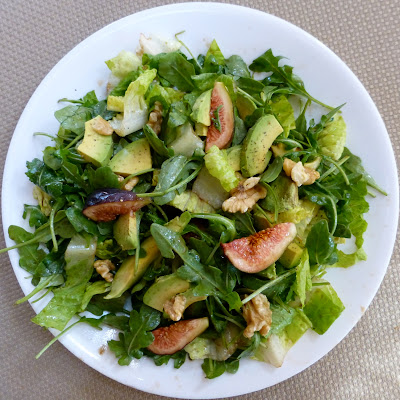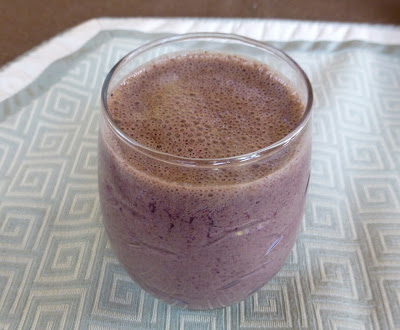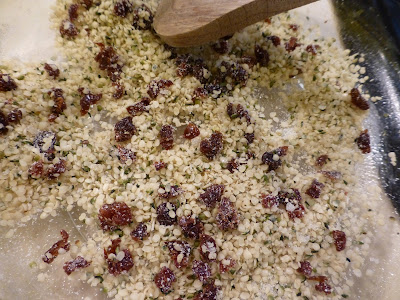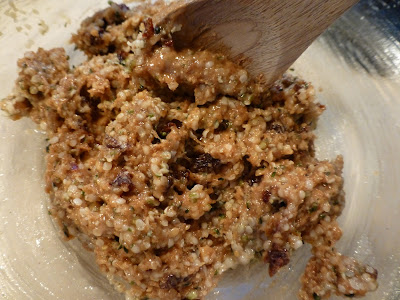 |
| Do NOT fear their fat content. Avocados are good for you! Follow Foods For Long Life on FACEBOOK . |
Good Fats and Good News
What can be better news than to learn that avocados are good for you? So many people worry about avocado's fat content but that is one of the very things that make them a healthy food!
Although most of the avocado's calories come from fat, it is good fat with unusual health benefits.
* Much of the fat is classified as phytosterols which have significant anti-inflammatory properties and are known to decrease inflammation in conditions such as arthritis.
* Avocados also contain PFA's (polyhydroxylated fatty alcohols) which also have anti-inflammatory properties.
* The third healthy fat in an avocado is oleic acid - the same beneficial fat that is found in olive oil. This monosaturated fat is linked with reducing the risk of heart disease. It also increases the absorption of carotenoids. Let me tell you why I think that is extraordinarily important!
Carotenoids and Avocados
Carotenoids are a class of powerful plant chemicals that found in many red, orange and yellow fruits and vegetables as well as dark green vegetables such as kale and spinach. Foods high in carotenoids can protect against cancers such as mouth, pharynx, larynx and lung.
Recent News on Carotenoids and Breast Cancer Prevention
Previous studies did not show a correlation between the reduction of breast cancer and higher intake of carotenoids like: beta-carotene, alpha carotene, lycopene and lutein. However, when they measured the actual blood concentrations of these carotenoids, they found a 20 to 30% decreased risk of breast cancer among those women with the highest concentrations! Perhaps dietary intake was not a good indicator because even though women ate a lot of carotenoids, they may not have been absorbing them. But when you detect high blood levels you know for sure they were absorbing the carotenoids and those were the people who showed the reduced breast cancer risk. Since avocados significantly increase the absorption of these critical, cancer-protecting plant chemicals, I would suspect that eating these delicious fruits would be help lower the risk of breast cancer. Read more about this link between Carotenoids and Breast Cancer Prevention at the AICR website.
And that's not all. Avocados are a good source of dietary fiber - one avocado providing 13.5 grams! They are also a good source of vitamin C, E, K, B6, folate and pantothenic acid as well as the mineral, potassium.
* * *
Ten Healthy Ways to Enjoy Avocados
#1 - Guacamole
My absolute favorite way to eat avocado is in a guacamole dip. Just mash up a ripe avocado, leaving some nice chunks, with some finely diced red onion, fresh cilantro, fresh lime juice, salt and cayenne pepper to taste.
 |
| Guacamole is a family favorite |
#2 - Lunch and Dinner Salads
Avocados are a natural in salads. They go well with greens, tomatoes, beans, mangos, figs - you name it. And as I mentioned, adding avocado to carotenoid-rich fruits and vegetables significantly enhances their absorption. Salads containing one cup of avocado can increase the absorption of carotenoids by 200-400%!
 |
| Add avocados to salads |
#3 - Raw Soups
Raw soups are refreshing and fun to serve when the weather is warm. You'll need a good blender to make them. I use Avocados in raw soups to make them thick and creamy.
 |
| This avospacho uses avocado for the creamy base and for the diced ingredients |
#4 - Cream Cheese and Mayonnaise Replacement
Slather ripe avocado pulp or just place thin slices on an English muffin instead of dairy or non-dairy cream cheese. Or use it on sandwiches instead of mayonnaise. Avocados provide the same creamy texture as cream cheese and mayo and have much healthier fats.
#5 - Fruit Salads
Avocados make the perfect addition to your morning breakfast salad. If you just eat fruit in the morning, you'll be hungry again in 30 minutes. If you add an avocado, and perhaps some nuts and seeds, you will have more energy and less hunger throughout the morning.
 |
| Avocado makes a great addition to fruit salads |
#6 - Garnish/Filling for Mexican Food
Use diced or sliced avocado as a garnish on top of tacos and enchilada or as a filling in burritos instead of sour cream. The creamy texture complements spicy food very well and has a cooling effect on the tongue.
 |
| Avocado garnish on top of enchilada casserole |
#7 - Salsa
I use diced avocados in just about every one of my salsa recipes. One of my favorites is Manila mango salsa. Just chop up an avocado and a manila mango and toss with a little fresh lime juice with jalapeño, red onion and cilantro.
 |
| Manila Mango and Avocado Salsa |
#8 - Potatoes
Baked potatoes get a bad wrap because of their popular unhealthy toppings such as butter, sour cream, bacon bits and cheddar cheese. But if you top them with tomato salsa and chopped avocados, they become a healthy dish. Especially because the fat in the avocado helps improve the absorption of the carotenoid, lutein, found in tomatoes!
#9 - Salad Dressings and Sauces
Blend an avocado in your favorite salad dressings and sauces instead of oil. It makes them thick and creamy. If they are too thick, you can add a touch of non dairy milk or water.
 |
| Avocado Dill Sauce A great substitute for hollandaise |
#10 - Smoothies
To add some healthy fats and to give your fruit and veggie smoothies some "staying power", add some avocado. It will help the absorption of the lutein and zeaxanthin carotenoids when you have a "green smoothie" with kale.
There are many other ways to enjoy this beautiful fruit but I just wanted to give you a few ideas. If you have others, please comment and share them with us!























